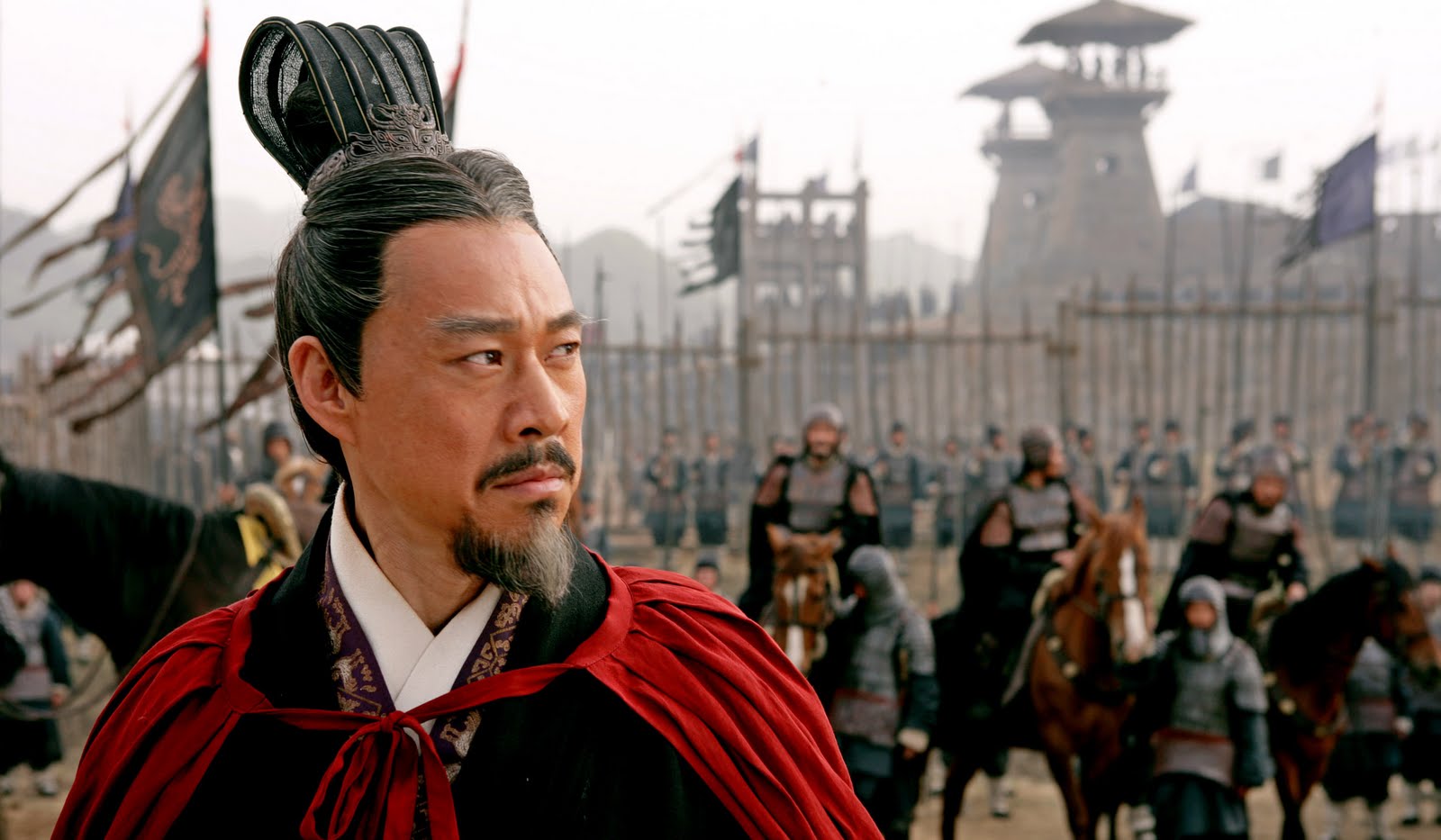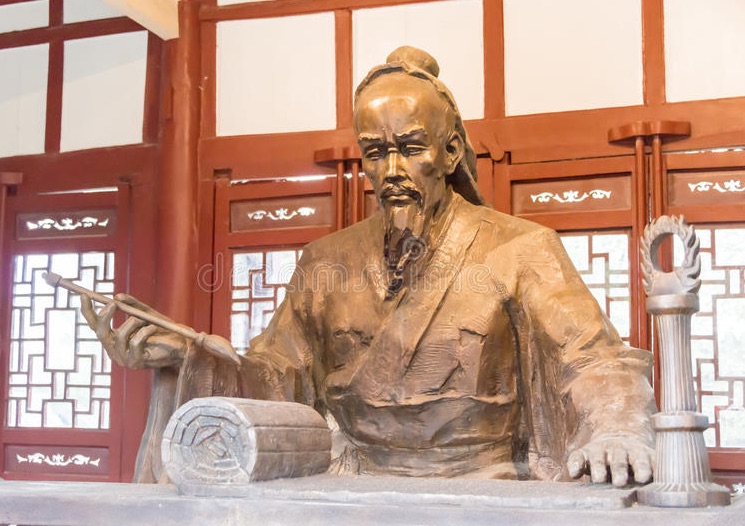YIN ORGANS AND YANG ORGANS IN FIVE-ANIMAL PLAY
Question
Hua Tuo was a very advanced physician for his times but before he was executed, as the legend says, he burned all his books and not much knowledge of his treatments was left. I wonder how his Five Animal Play could survive. However I am happy it did.
While the different movements were classified into five categories of Yin Organs (Liver, Heart, Lung, Spleen, Kidney), why did he not mention the Yang organs (Gallbladder, Small Intestine, Large Intestine, Stomach, Urinary Bladder)?
And what exercises will suit a patient better if his main blockage is at a Yang Organ? Is it the directly coupled Yin organ or a different Yin Organ? For Example: someone has a Gallbladder blockage (presenting as Endometriosis), what will bring more benefits the Deer (Liver) or the Bear (Kidney)?
Sifu Anton, Germany
Answer
Hua Tuo is honoured as a Sage of Chinese Medicine. He successfully performed surgical operation on the brain when bloodletting was the main and often only medical treatment in Europe.
He resigned as an imperial physician despite its glory and wealth so as to serve the common people. But when Cao Cao, the Lord of Wei, was sick, he volunteered to help him. He suggested brain surgery to overcome Cao Cao’s neurological disorders, but thinking he was employed by a rival lord to kill him, Cao Cao imprisoned him.
According to a legend, when he was in prison, his illiterate wife burned all his medical texts. When a prison warden arrived at the house, he could only save text on inoculation for chickens!
I don’t know how true was the legend, but even if it were true, Hua Tuo’s medical teachings had been transmitted to his students even when all his medical texts except inoculation against chickens were burned. The Five-Animal Play could have survived in this way.
There are two schools of thought regarding the techniques of the Five-Animal Play. According to one school, which was the orthodox until the emergence of the second school in fairly recent time, Hua Tuo observed the movements of the bird, the deer, the monkey, the tiger, and the bear, and used these movements as techniques for his Five-Animal Play.
In another school, which gained more notice and importance from archaeological research, Hua Tuo taught various chi kung exercises, and his patients moved in various ways which can be classified into five characteristic groups named after the bird, the deer, the monkey, the tiger and the bear.
Chinese doctors discovered that these five animals, which were different from the five animals in Shaolin Kungfu, related to various organs, as follows. The bird related to the heart, the deer to the liver, the monkey to the spleen, the tiger to the lungs, and the bear to the kidneys.
Only the yin organs, namely liver, heart, lungs, spleen and kidneys, are mentioned in the Five-Animal Play because the yang organs, namely gall bladder, small intestine, colon, stomach and urinary bladder respectively, are counterparts or external manifestations of the yin organs. In other words, the gall bladder is the counterpart of the liver, and the small intestine is the counterpart of the heart. By attending to one, for example, a Chinese physician can also reach the other. If a patient has a heart problem, for example, a physician may cure him by treating the small intestine.
Presuming all other things being equal, when a patient has a blockage at a yang organ, it can be overcome by treating its corresponding yin organ rather than another yin organ, and vice versa. For example, if a patient has a gall bladder blockage, prescribing chi kung exercises that correspond to the deer, which relates to the liver, which in turn is the counterpart of the gall bladder, is more beneficial than prescribing exercises that correspond to the bear.
But other things are not equal. If the gall bladder blockage is caused by insufficient energy in the kidneys, in other words the gall bladder blockage is a symptom but the cause is insufficient energy at the kidneys, then prescribing exercises that correspond to the bear, which relates to the kidneys, will be more beneficial.
On the other hand, even when the cause is insufficient energy at the kidneys, but the symptom has become serious, like the resultant blockage at the gall bladder threatens life, the physician should remove the symptom first by prescribing exercises that correspond to the deer, which relates to the liver, which in turn is the counterpart of the gall bladder.
This is the concept of branch and root, which represent symptom and cause. Normally the physician removes the root cause, but if the symptom has become life threatening, he should remove the branch first.
How does a Chinese physician know all these intricate situations? He discovers them by a thorough diagnosis. Diagnosis is very important in Chinese medicine. If the diagnosis is correct, recovery is a matter of cause.
Thus, after a thorough diagnosis, a Chinese physician employing the first school of thought of Five-Animal Play, will prescribe the appropriate exercises to overcome the illness. If the patient’s illness is caused by a blockage of the gall bladder meridian, the physician would prescribe exercises that resembles the movements of a deer. If the cause is insufficient energy at the kidneys resulting with gall bladder blockage as symptom, he would prescribe exercises resembling the movements of a bear.
However, if the symptom is life threatening although the cause is at the kidneys, he will prescribe exercises resembling the movements of a deer. When the life-threatening symptom has been removed, he will prescribe exercises resembling the movements of a bear to treat the root cause.
Nevertheless, and this may appear ridiculous to those not familiar with its underlying philosophy, for those who follow the second school of thought in the Five-Animal Play, diagnosis is not necessary! This is also the philosophy and practice we employ in our chi kung healing.
If the cause of a patient’s illness is gall bladder blockage, irrespective of what chi kung exercises the Chinese physician may prescribe, including exercises that resemble the movements of a bear, the resulting chi flow movements of the patient will resemble those of a deer. If the cause of the illness is insufficient energy at the kidneys although this is manifested as gall bladder blockage as a symptom, irrespective of what exercises are prescribed, the patient’s chi flow movements will resemble the movements of a bear.
If the symptom manifested as gall bladder blockage is life-threatening although the cause is at the kidneys, irrespective of what exercises are prescribed, the patient’s chi flow movements will resemble those of a deer.
Why do the movements resemble those of a tiger and not those of a bear when the root cause is at the kidneys? It is because chi will always flow where it is needed most urgently. In the case of this patient, his most urgent need is to remove the life-threatening symptom at the gall bladder.
Chi kung healing is most simple and profound. It does not matter what the illness is, what causes the illness, and what symptoms are manifested. When there is sufficient chi flow, in quantity as well as time, his illness will be overcome. It is not necessary but if a physician wishes to know for the sake of his curiosity, he may have a idea of the illness by observing the patient’s chi flow movements.
The questions and answers are reproduced from the thread Hua Tuo’s Five-Animal Play - 10 Questions to Grandmaster in the Shaolin Wahnam Discussion Forum.

Cao Cao
LINKS

